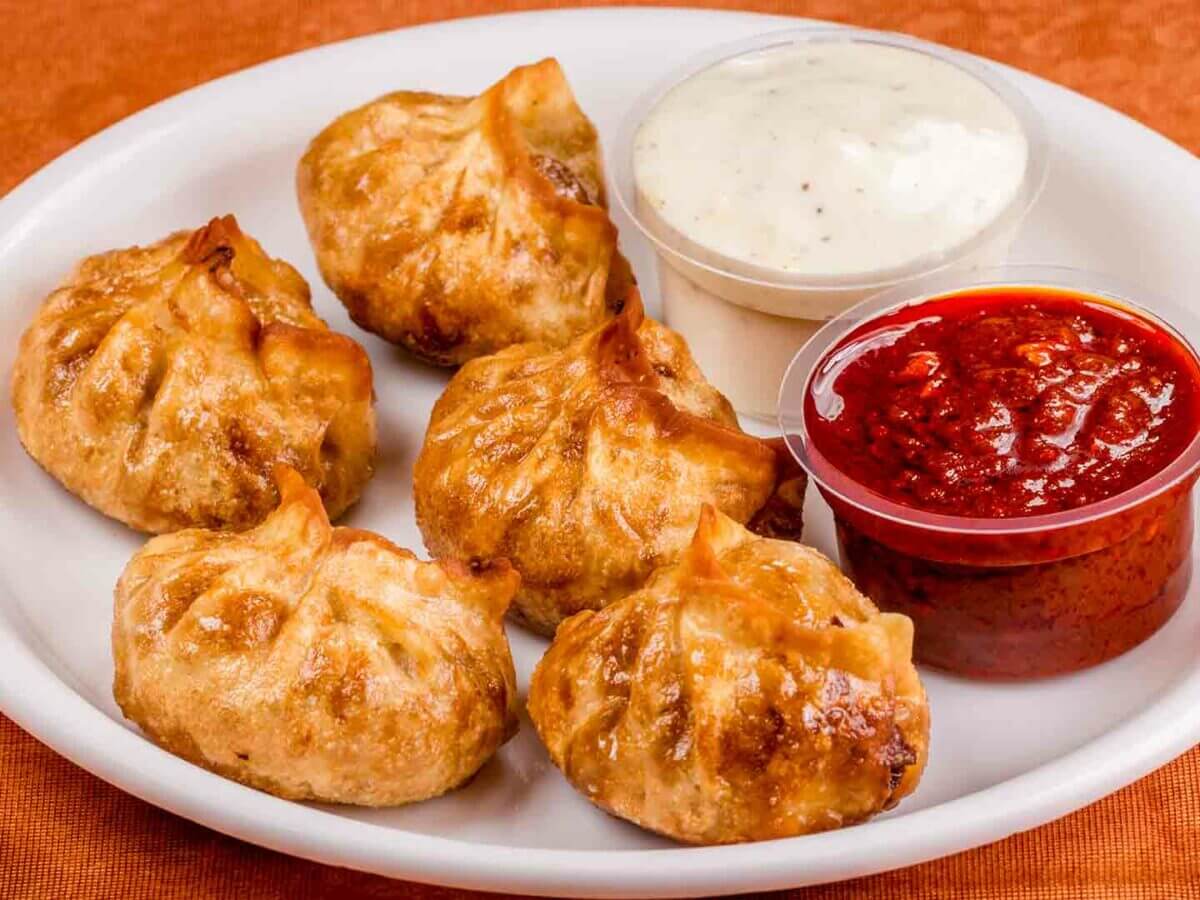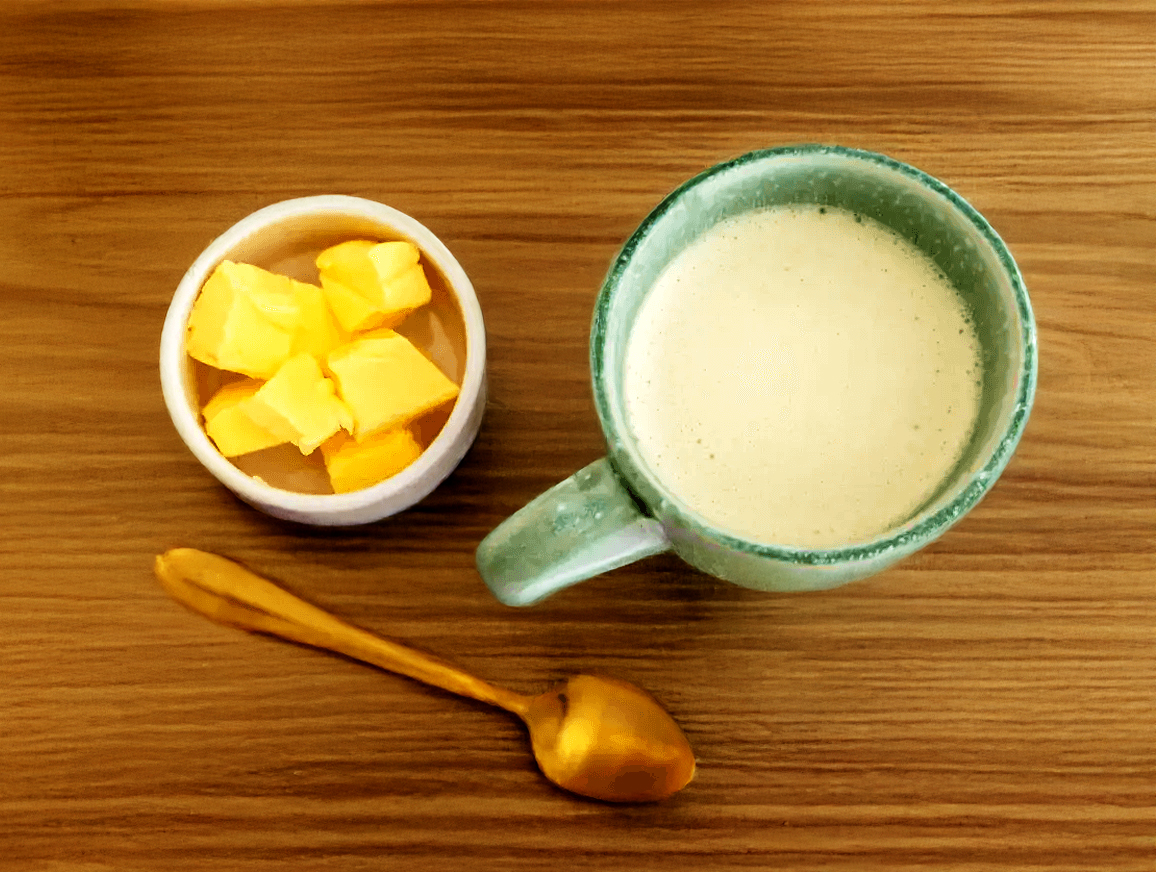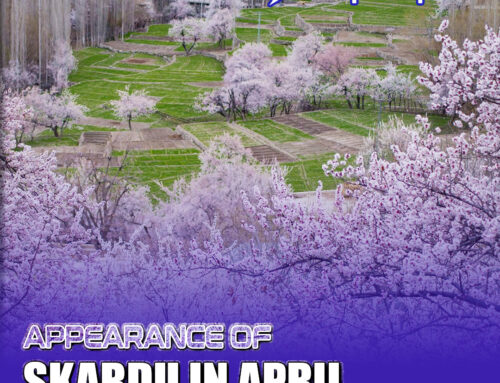Traditional Food of Gilgit Baltistan
Cultural Food Specialties
Prapu
Prapu is a traditional food of Gilgit Baltistan dish featuring handmade wheat noodles, boiled until tender, then coated in a rich, apricot and walnut paste. The sauce is thickened with ground almonds, adding depth and a smooth texture to the dish.
Mamtu
Mamtu is a famous traditional food of Gilgit Baltistan, a signature dish from northern Gilgit-Baltistan, are steamed dumplings with origins from China. They are filled with a savory mixture of finely chopped meat, onions, chili, garlic and cooked in a multi-tiered steamer for a few hours to achieve tender perfection.
Marzan
Marzan is a special wheat dough delicacy, typically enjoyed on special occasions. The dish is accompanied by a bowl of apricot oil, which is poured over the Marzan to give it a glossy finish. So Marzan is also a traditional food of Gilgit Baltistan which is considerable favorite for most of the people.
Balay
Majority of the people of the regiiont like this traditional food of Gilgit Baltistan. The dish features a robust goat meat soup that infuses every bite with rich flavor. Hearty noodles absorb the savory essence. Tender bits of meat provide a perfect balance of savory goodness and comforting richness., making the dish filling and indulgent.
Butter Tea
This traditional Himalayan drink is made with tea leaves, yak butter, water, and salt, offering a unique taste of the high-altitude landscape. In some regions, cow’s milk butter is used as a substitute. To prepare, boil water, steep tea leaves until dark, add salt and soda for flavor, strain into a butter churn with butter, churn until creamy, and serve hot from copper pots over a stove.








